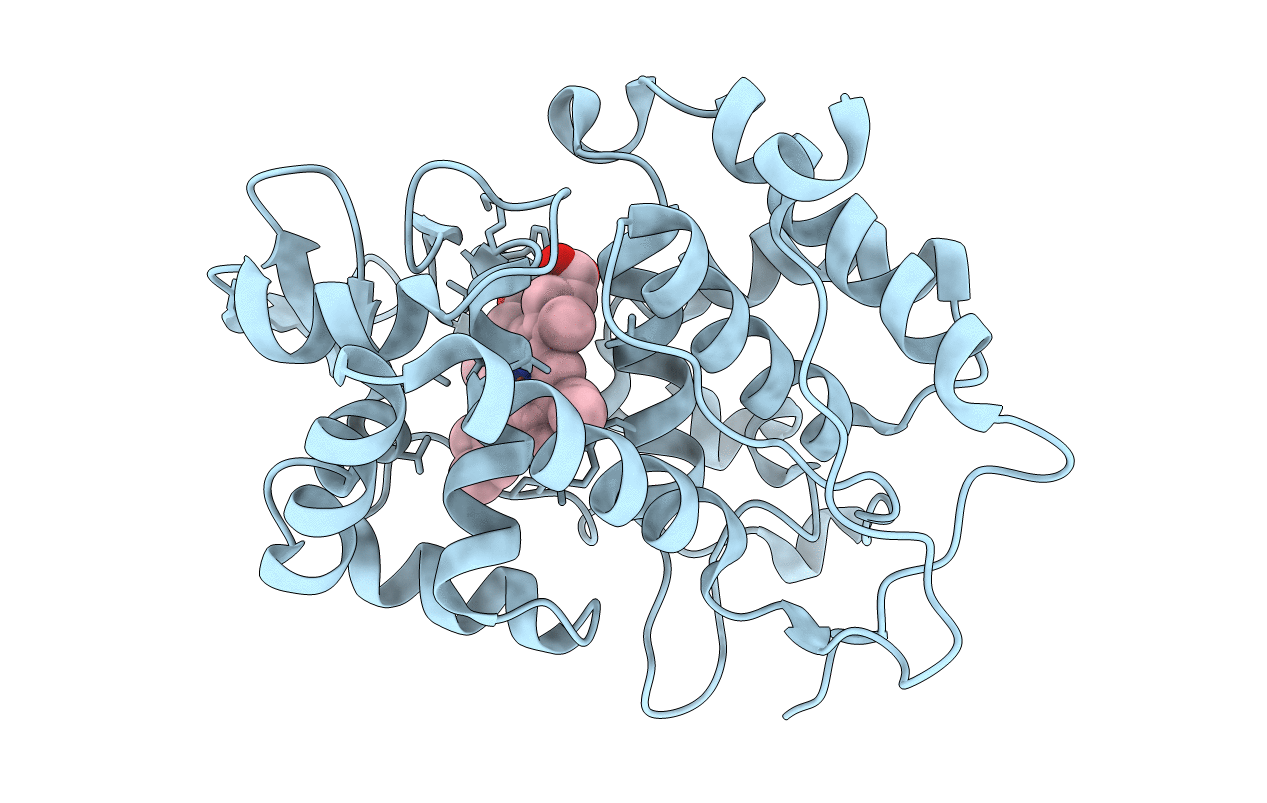
Deposition Date
1999-11-30
Release Date
1999-12-10
Last Version Date
2024-03-13
Entry Detail
PDB ID:
1DJ1
Keywords:
Title:
CRYSTAL STRUCTURE OF R48A MUTANT OF CYTOCHROME C PEROXIDASE
Biological Source:
Source Organism:
Saccharomyces cerevisiae (Taxon ID: 4932)
Host Organism:
Method Details:


